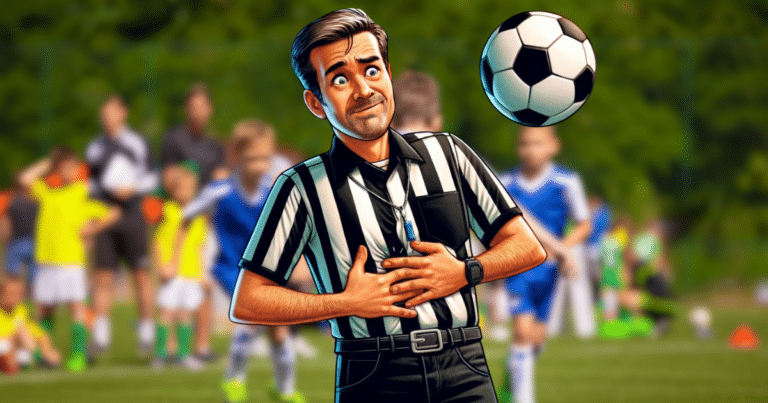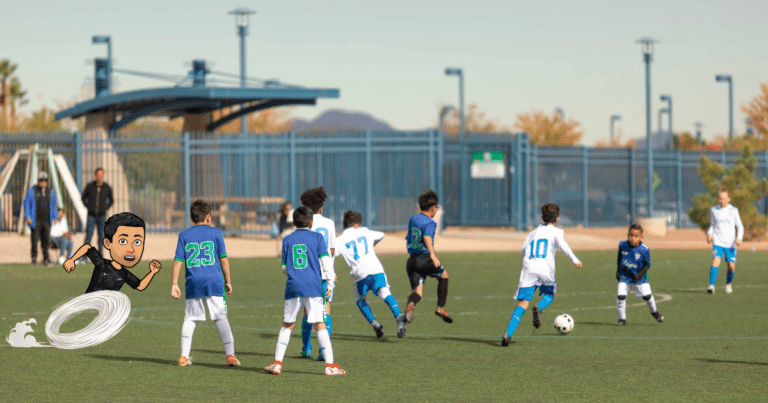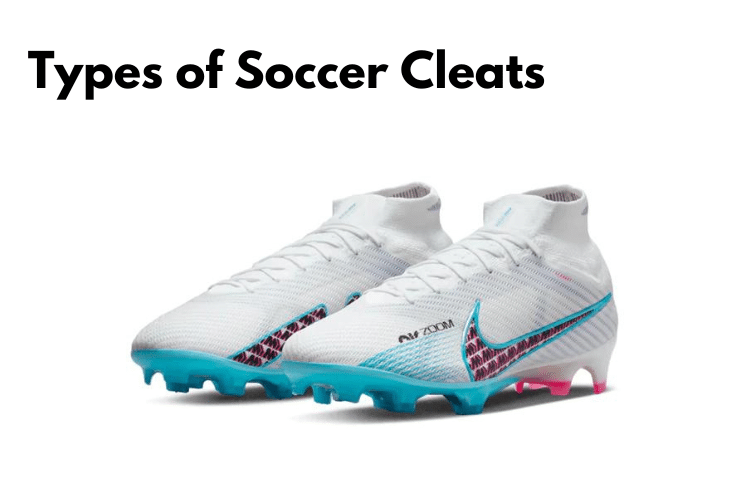Where Should I Force a Dribbler to Go?
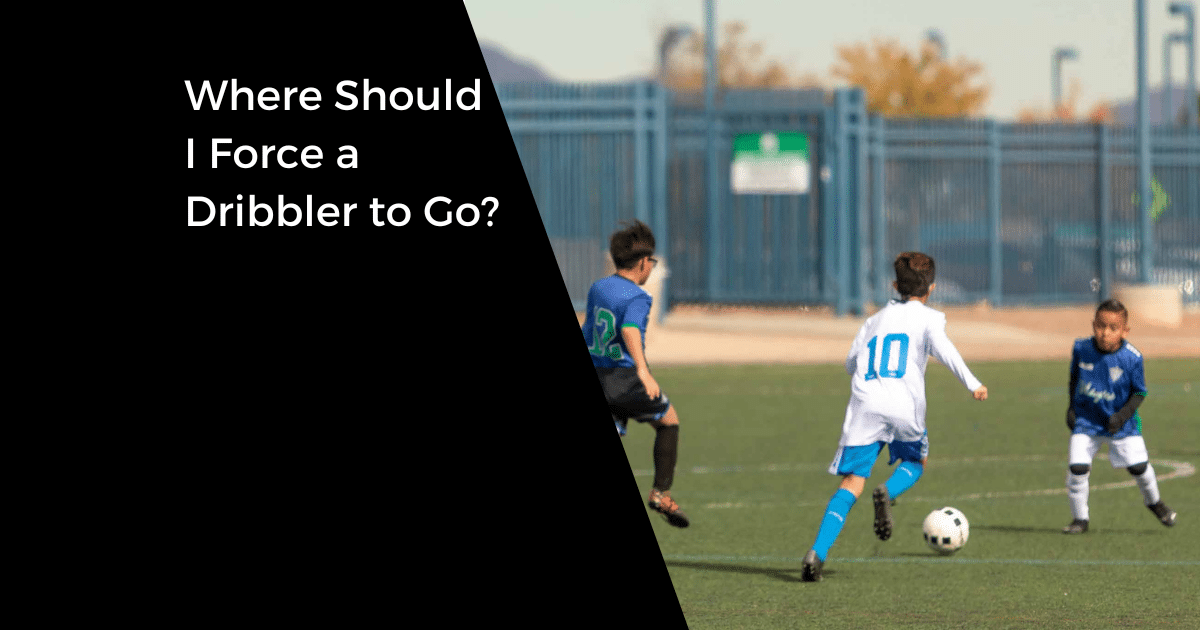
As a general rule, you’ll want to force a dribbler toward the sidelines on your defensive end. In your offensive end, it’s advantageous to force a dribbler inside.
Defending one-on-one in soccer is not an easy task. In any scenario, you have a few options:
- You can back off of them
- You can force them toward the sidelines
- You can force them in the middle
- You can press up on them
Which one is best? It depends. Not the answer you were looking for right? Let me explain.
When Should I Force a Dribbler to the Sidelines?

Anytime you are on your defensive end of the field, you should force a player to the sidelines.
By pushing the dribbler to the sideline, you limit their options. This makes it easier for your team to anticipate their next move.
The sidelines almost acts as another defender.
Make sure to position yourself between them and the center of the field. This will make it more difficult for them to cut inside.
There’s a lot more options when a dribbler is coming down in the middle of the field. This includes more passing options and dribbling space.
Defensive players = force sidelines.
When Should I Force a Dribbler to the Middle?
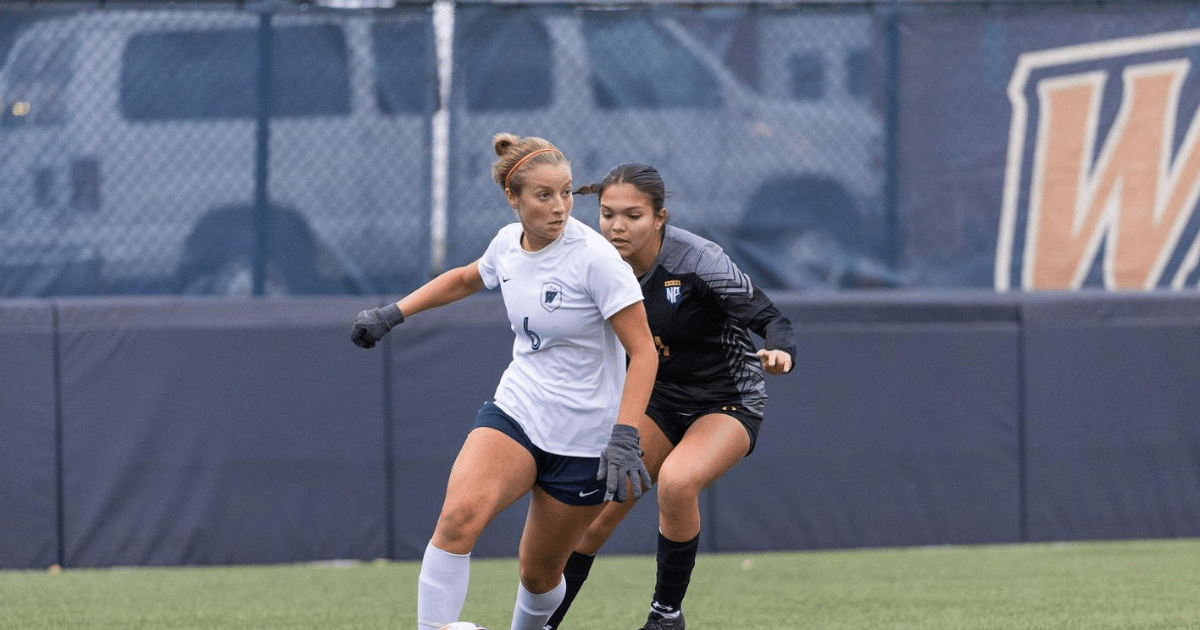
You should force the opposition inside when your team is on the offensive half of the field.
In many formations, there is typically more coverage in the middle of the field. The Striker or Forwards can force a player to go inside where the midfielders lurk.
This can cause a chaotic scenario for the offensive.
This can also create great opportunities if your team steals the ball.
Forward players = force middle.
Should I Force a Dribble to Their Weaker Foot?
Another defensive strategy is to force the dribbler to their weaker foot. For example, if the dribbler is right-footed, you should try to force them to their left foot.
In theory, this can make it more difficult for the dribbler to control the ball and limit their ability to make accurate passes or shots.
But, as players progress, the difference in the stronger versus the weaker foot diminishes.
Also, you won’t have much time to think about this so I wouldn’t focus on this defensive strategy.
Final Thoughts
On many younger soccer teams, the coach doesn’t care where you force a dribbler. They just want you to make it hard for the offensive player.
If you do have a defensive strategy, you need to know it and own it. When a link in the defensive chain is broken, it can create opportunistic chances.
By creating confusion in the middle of your offensive end, you can make it difficult for the other team.
And, by forcing the team to the sidelines as they approach your defensive third, you can limit their scoring opportunities.
I hope this helps you understand a few defensive scenarios!

Written By: SoccerNovo
SoccerNovo is an independent youth soccer media brand built to help parents, players, and coaches better understand the game and the pathways available in U.S. soccer. Our mission is to make youth soccer simpler, clearer, and more accessible for everyone involved in it.
Let’s connect



